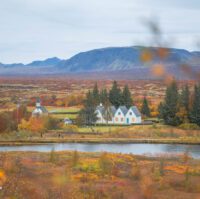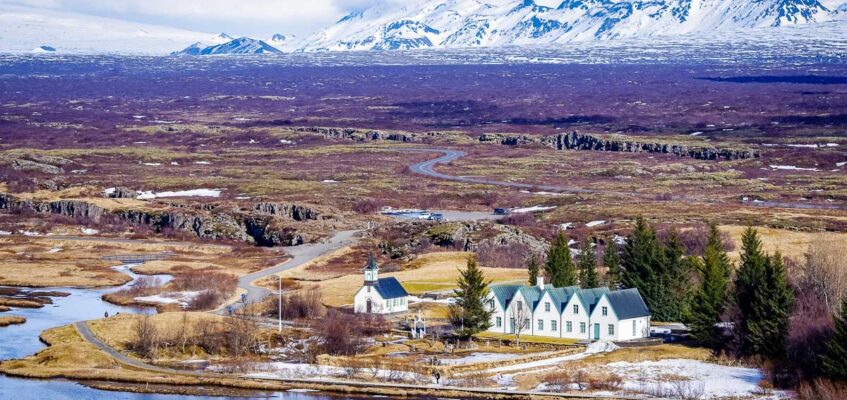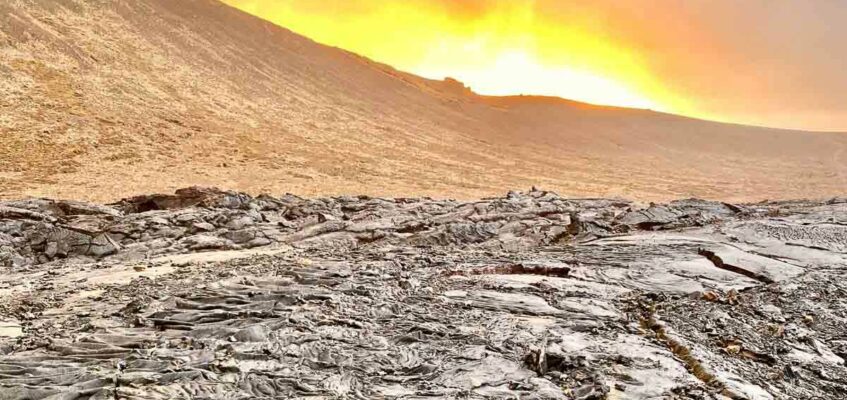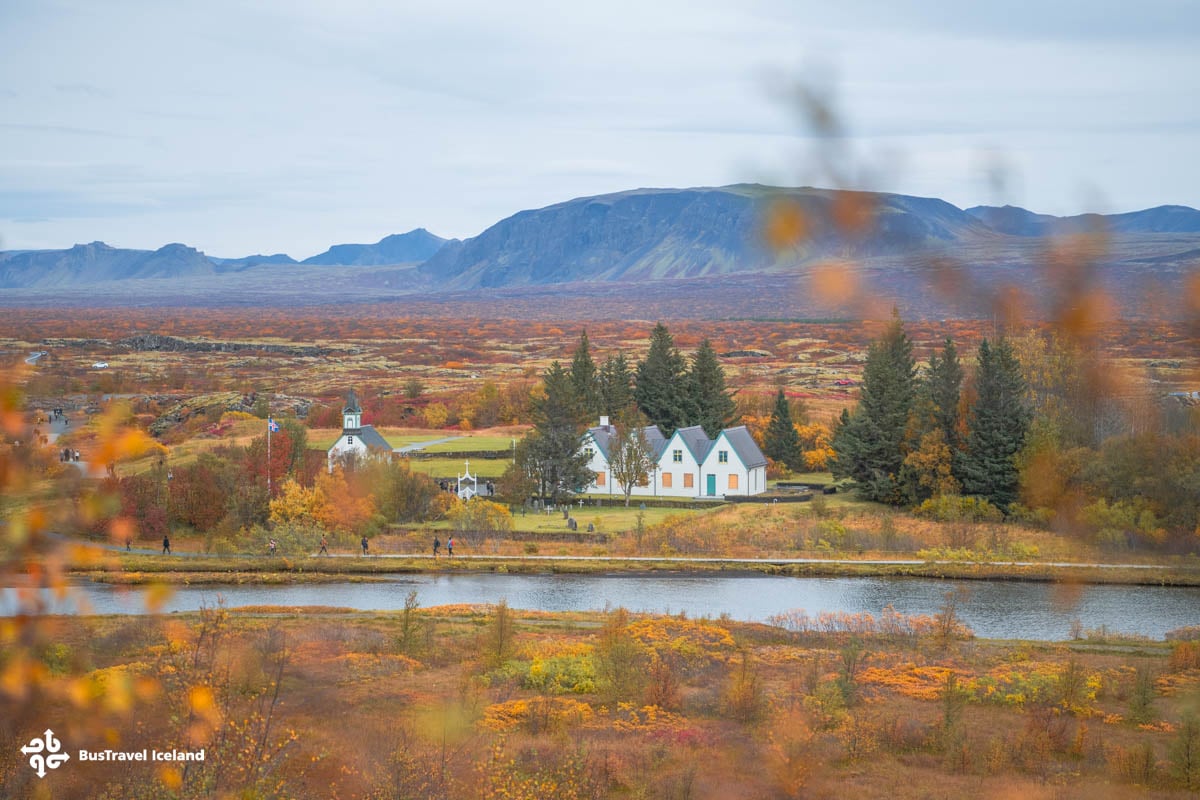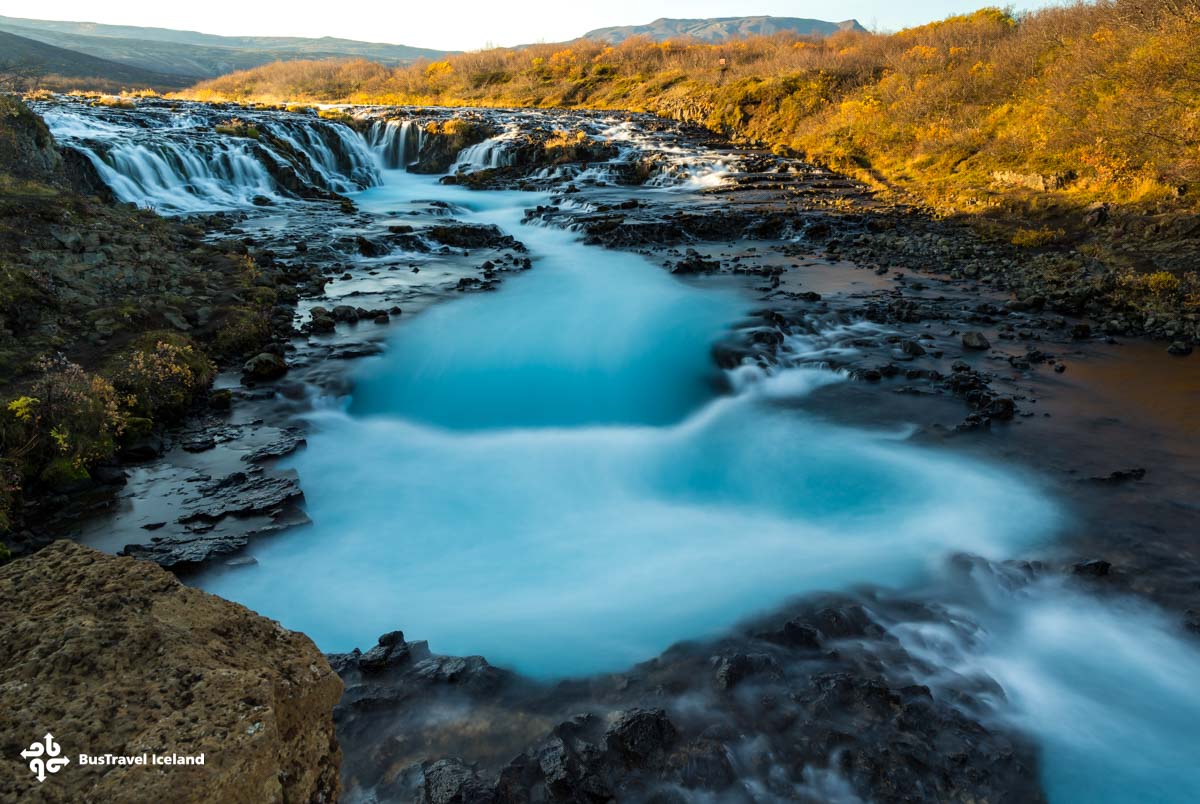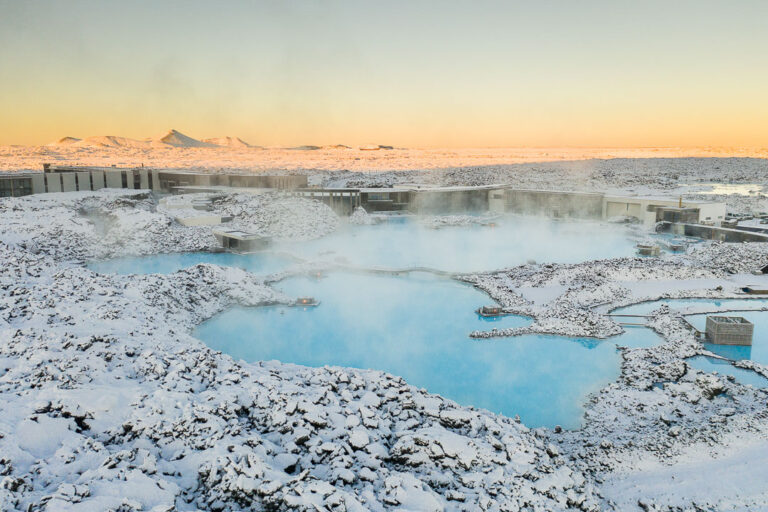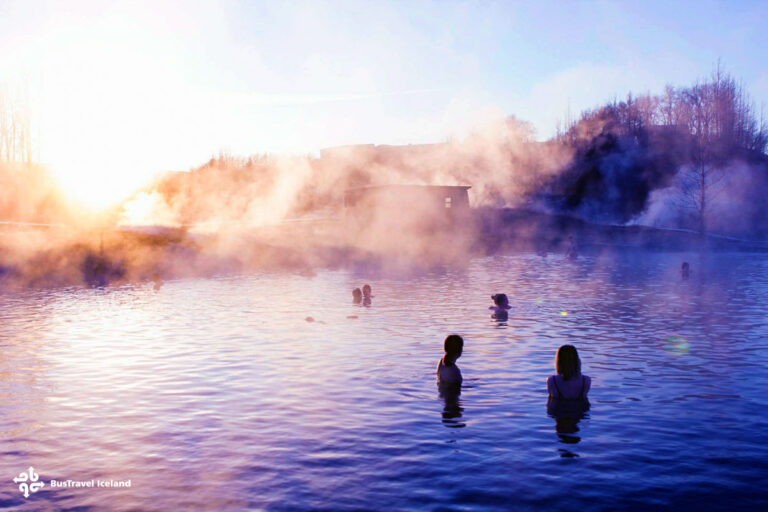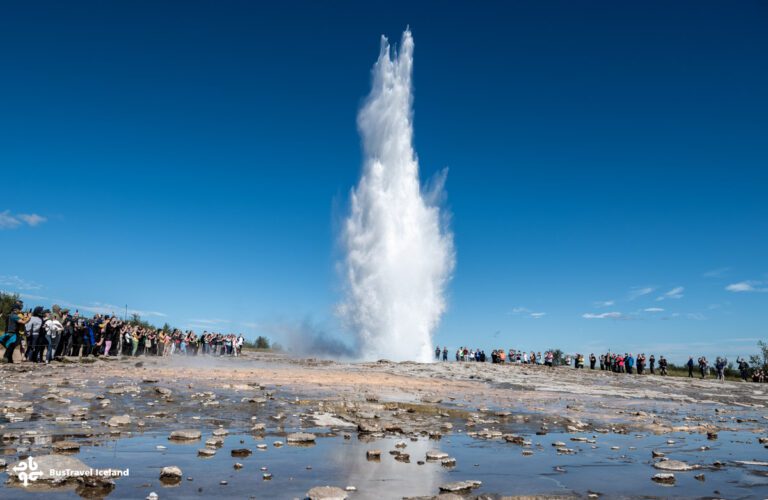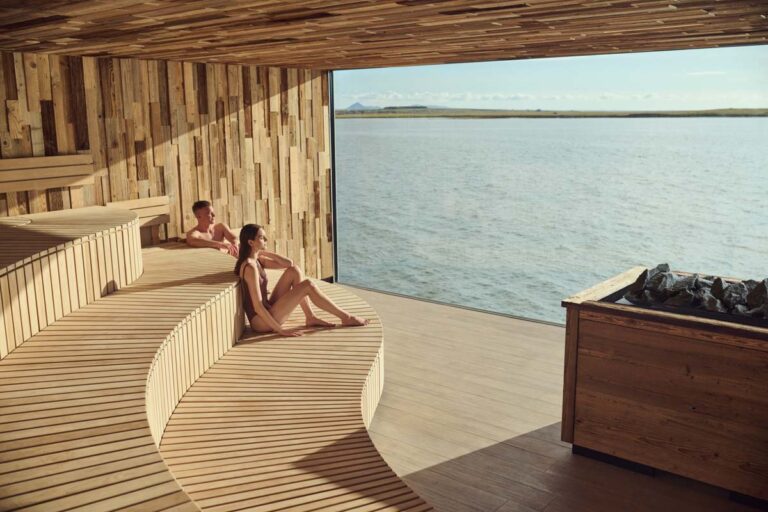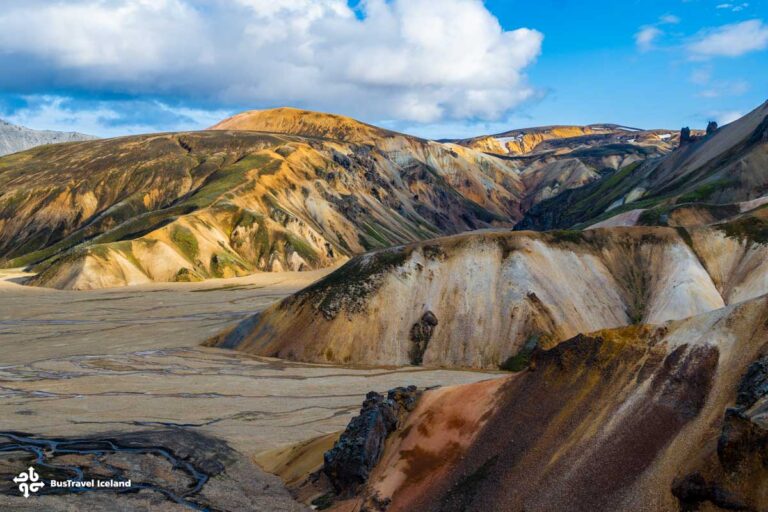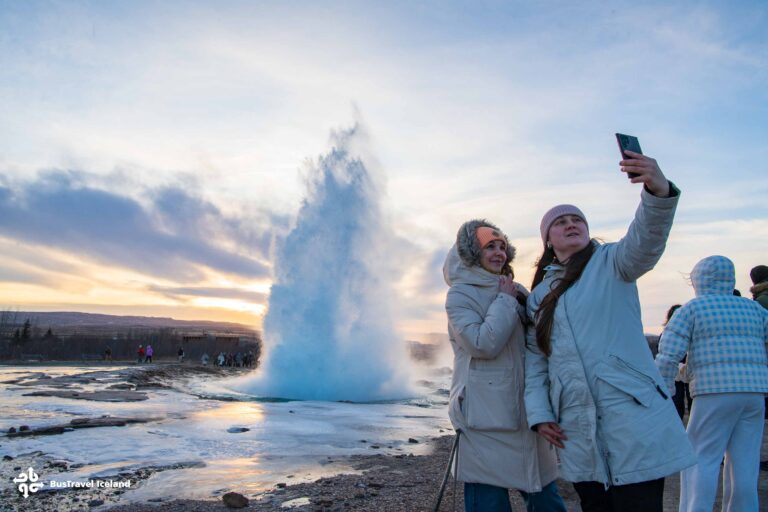Thingvellir National Park: A guide to Iceland´s Geological Wonder
- Golden Circle Iceland
- 29 Sep 2023
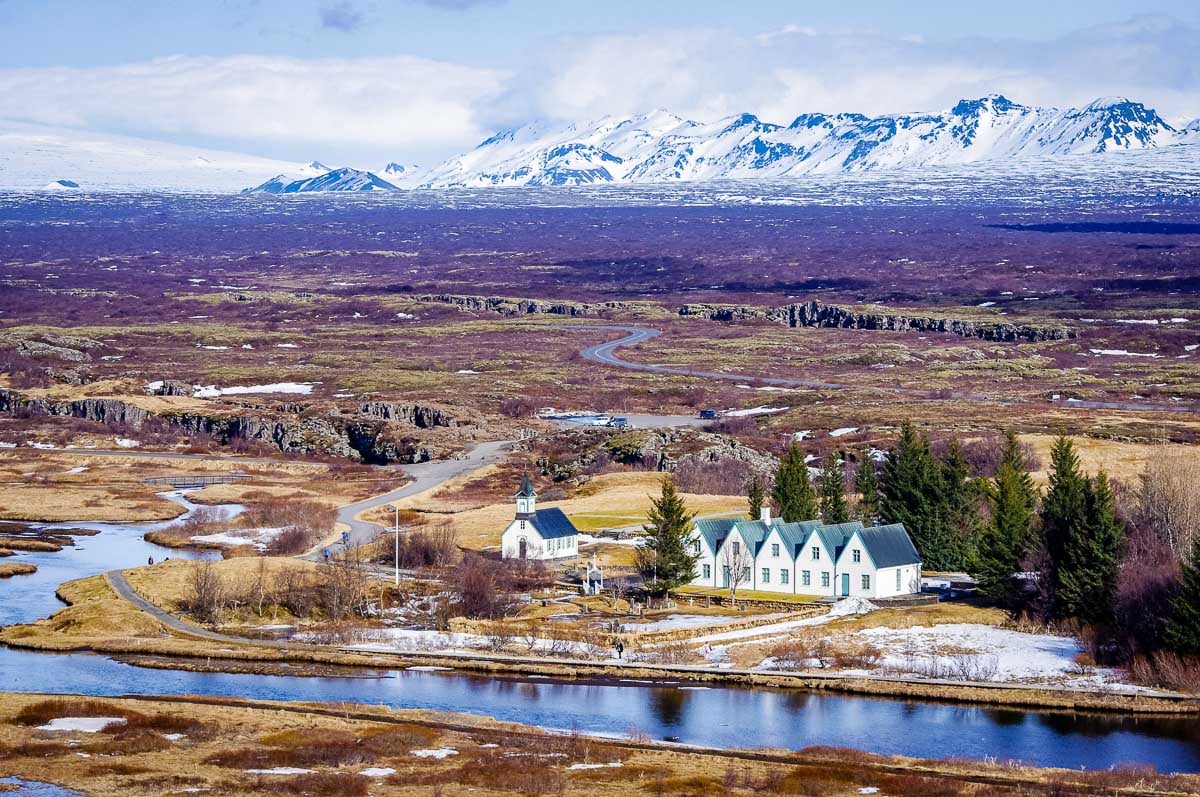
Thingvellir National Park, or Þingvellir in Icelandic, is an important UNESCO World Heritage Site situated a short 45-minute drive from Reykjavík. Renowned for its unique geological features, Thingvellir also is deeply entwined with the development of Iceland as a nation. In this article, we will delve more deeply into what makes this lacation so special.
What is Thingvellir National Park and where is it located?
Thingvellir National Park is a 35 sq mile protected landscape and was named Iceland´s first national park in 1930.
Thingvellir National Park is considered one of the main pillars of the so-called Golden Circle route. Along with Geysir, Gullfoss Waterfalls and Kerið Volcanic Crater, this route is easily accessible from the capital region, and encapsulates the essence of Iceland’s natural beauty and geological wonders. Thingvellir is therefore included in every Golden Circle tour and BusTravel Iceland offers many variations of the tour. Its strategic location on Golden Circle Iceland tour routes makes it an accessible and unforgettable stop for any visitor to our country.
Thingvellir is about 28 miles to the north-east of Reykjavík, a drive that takes about 45 minutes drive on Þingvallavegur, or route 36.
Thingvellir is a national park and therefore state owned, so there is no entrance fee to visit Thingvellir. There is however a small fee to park, the proceeds of which are put towards park maintenance and conservation.
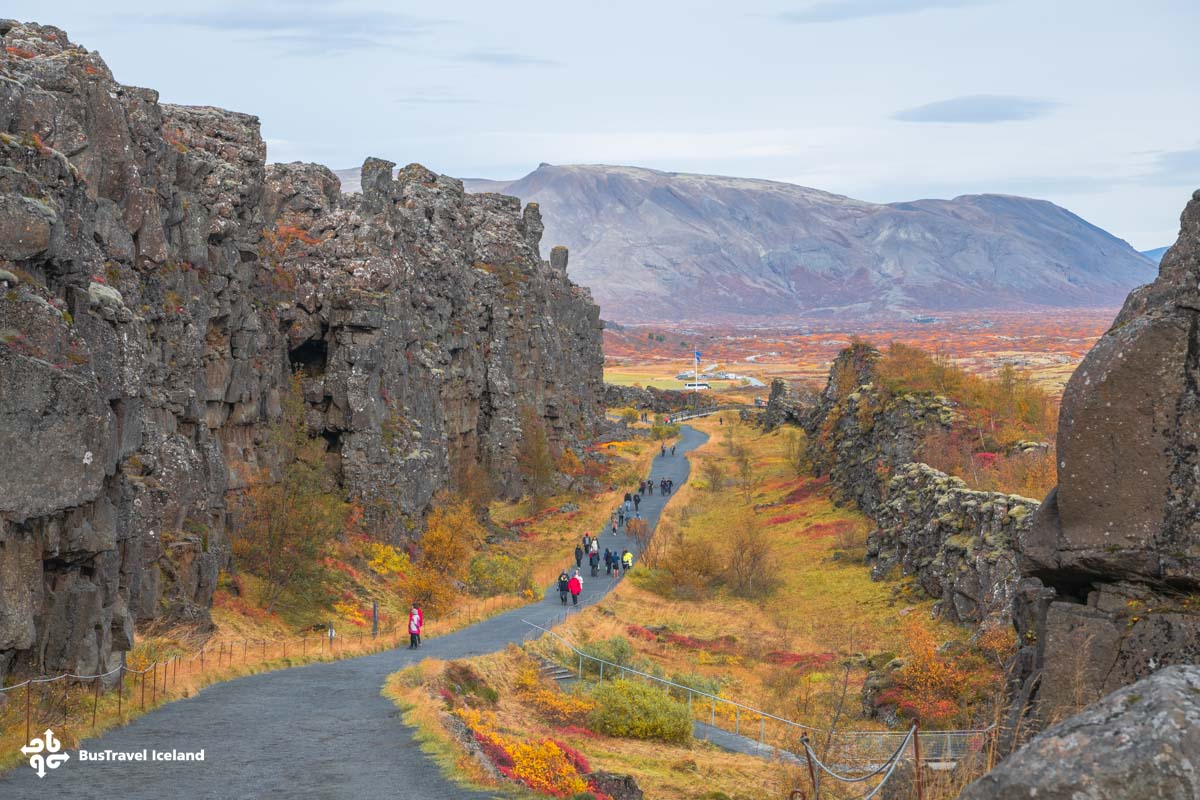
Thingvellir National Park in History and Culture
At Þingvellir National Park, we explore a site that is not only geologically unique but also central to Icelandic history. Known as the birthplace of the oldest existing parliament in the world, Þingvellir holds a place of pride on the World Heritage List, symbolizing democratic heritage.
Althing: The Ancient Parliament
In the year 930, the Alþing was established as an open-air assembly where the free men of Iceland came together to legislate and adjudicate. This first parliament, held annually on the assembly plains of Þingvellir, continues to this day, though it now meets in the capital, Reykjavík. The most historically significant place here is the Law Rock or Lögberg, where the laws of the land were proclaimed out loud for all to hear. It was here at the turn of the millenium that Iceland voted to leave the norse gods behind and to adopt Christianity. This tale is told is the story of Thorgeir Thorleksson, and is also told in Njáls Saga.
From Settlement to National Shrine
Þingvellir is a testament to Iceland´s Norse heritage and the evolution from settlers to a nation under a general assembly. Following the end of the Alþingi in 1798 and the transition from an era of local governance to absolute monarch, Þingvellir never lost its symbolic value. Honoring this legacy, it was declared Iceland’s first national park in 1930, cementing its status as a national shrine.
Thingvellir in Popular Culture
While Þingvellir’s history is rooted in the old Norse culture and tradition, it has also made its way into global popular culture. It served as a filming location for the famed series “Game of Thrones,” which introduced the park’s dramatic landscapes and historical significance to an international audience, and further entrenched its standing in world culture.
By preserving the history and integrity of Þingvellir, we uphold our link to the past and contribute to its ongoing narrative in the present and future.

Geographical Wonders
At Thingvellir, we can see the dynamic forces shaping our planet. Here, the Earth’s restless nature is on grand display, with its tectonic intricacies, the majesty of a natural lake, and the cascade of a historic waterfall all nestled within a landscape steeped in geological importance.
Tectonic Marvels of Thingvellir
Thingvellir National Park lies at the heart of the mid-Atlantic ridge, where the Eurasian and North-American tectonic plates are pulling apart, creating a rift valley. This is one of the few places on Earth where we can observe the effects of two major tectonic plates drifting and the resulting fissures and faults such as the renowned Silfra fissure. The movement of these plates is also a significant source of earthquake activity, providing us with tangible evidence of the profound forces at work beneath our feet.
Thingvallavatn: The Natural Lake
Þingvallavatn stands as the largest natural lake in Iceland and is framed by the stunning geological features of Thingvellir. It’s a haven for Arctic char, supported by the pristine waters and the unique ecological environment. The lake is also a product of the park’s volcanic landscape, fed by underwater springs and surrounded by ancient lava fields, which have shaped its shores and depths over millennia.
Oxararfoss and Almannagjá Gorge
Our journey through Thingvellir’s geographical marvels would be incomplete without a visit to Öxarárfoss, a waterfall that flows from the river Öxará through the Almannagjá gorge. This striking feature is a testament to the power of water carving through rock, forming gorges that speak to the park’s geological significance. It’s here, within these gorges, that we’re treated to the incredible sight of water streaming through corridors of stone, etched out by the relentless work of natural elements over countless years.

Things to do on your visit to Thingvellir
At Thingvellir National Park, we’re proud to offer a range of activities that merge cultural heritage with immersive outdoor experiences. Here, the historic meets the adventurous in a landscape that has been a pivotal part of our nation’s story.
Diving and Snorkeling in Silfra
The Silfra fissure is one of the most renowned dive sites worldwide. We invite both diving and snorkeling enthusiasts to explore this crystal-clear wonderland. Thanks to the fissure’s location between two tectonic plates, diving in Silfra is a unique chance to float between continents. Visibility can exceed 100 meters, making it an unforgettable underwater experience.
Hiking and Fishing at Thingvallavatn
Thingvallavatn is Iceland’s largest natural lake and offers excellent opportunities for both hiking and angling. Our marked trails guide you through diverse landscapes, while the lake itself is home to a thriving brown trout population, providing an excellent fishing experience. Remember to abide by the fishing regulations which we uphold to maintain the lake’s ecological balance.


